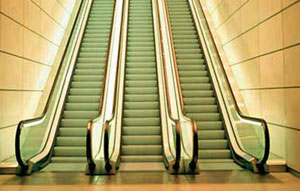
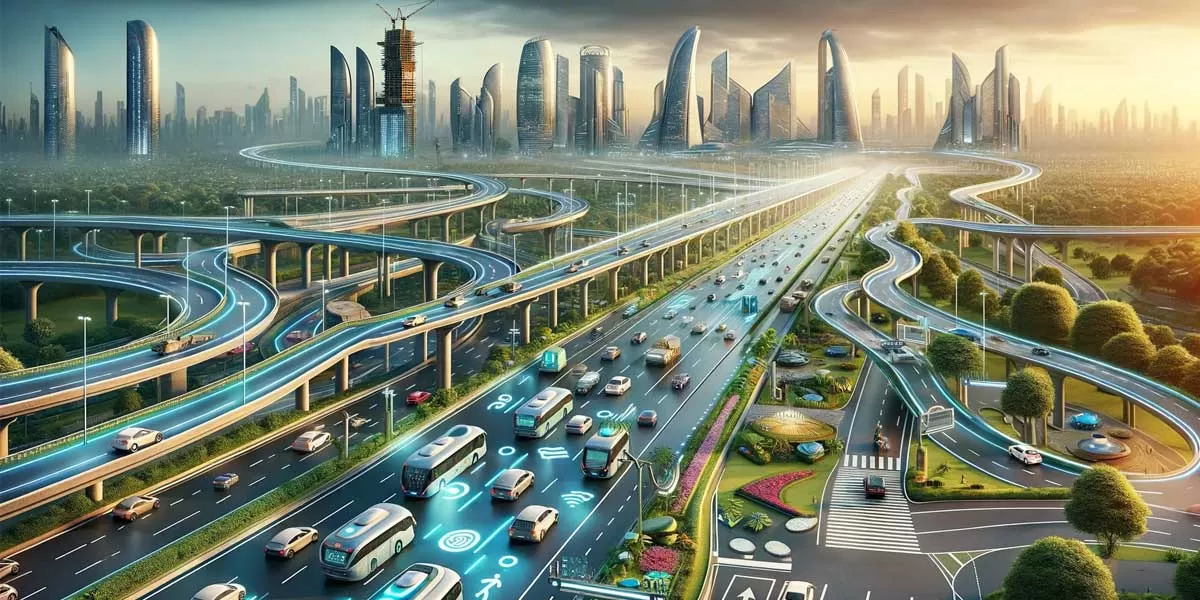
Does India have the 2nd largest road network in the world?
Here are some truths…Pratap Padode, President, FIRST Construction Council unravels some disturbing facts…
Recently there was a lot of chest thumping around India having the second longest road network in the world. Union Minister Nitin Gadkari informed the Lok Sabha that India had the second largest road network in the world, with about 63.32 lakh km of roads as of March 2019. I dug further and found an update from the Ministry of Road Transport & Highways that India has about 66.71 lakh km of road network, which is the second largest in the world. True. But the categories..
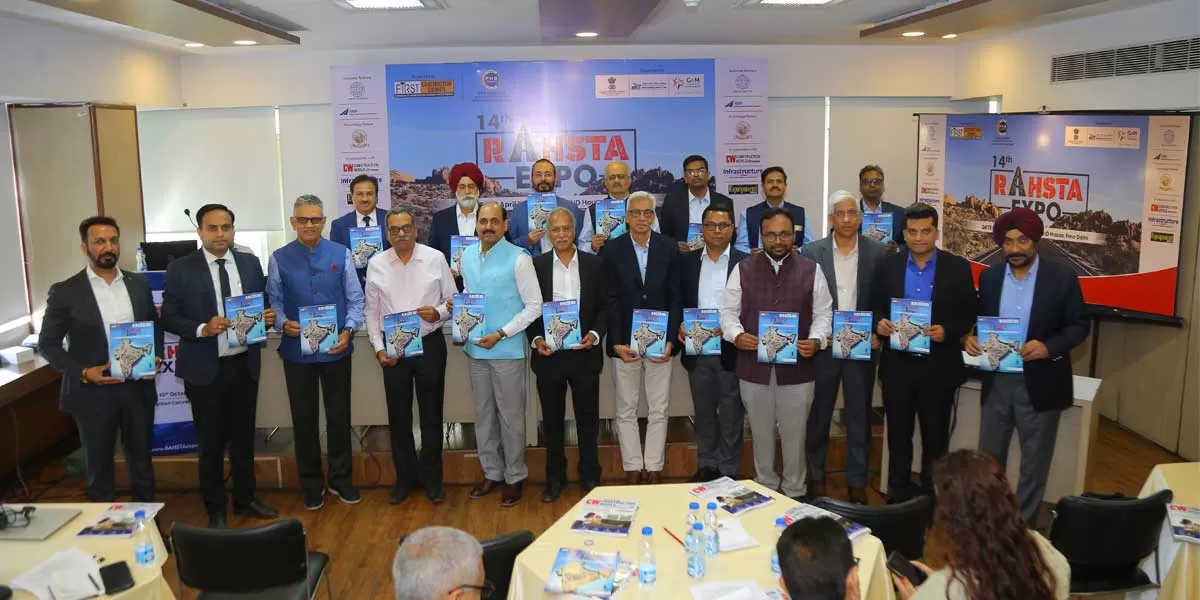
RAHSTA Expo 2024 launched
“The Ministry of Road Transport & Highways has constructed 12,349 km of national highways in 2023-24 - the second highest achievement! In 2020-21 a record 13,327 kms were constructed, the highest so far. The experience of a well-constructed road is no accident but a badly constructed one can cause many,” said Pratap Padode, Founder, FIRST Construction Council (FCC), at the launch of a road show - 14th Roads and Highways Sustainable Technologies and Advancement [RAHSTA] Expo, which will be held from 9-10 October 2024 at Jio Convention Ce..
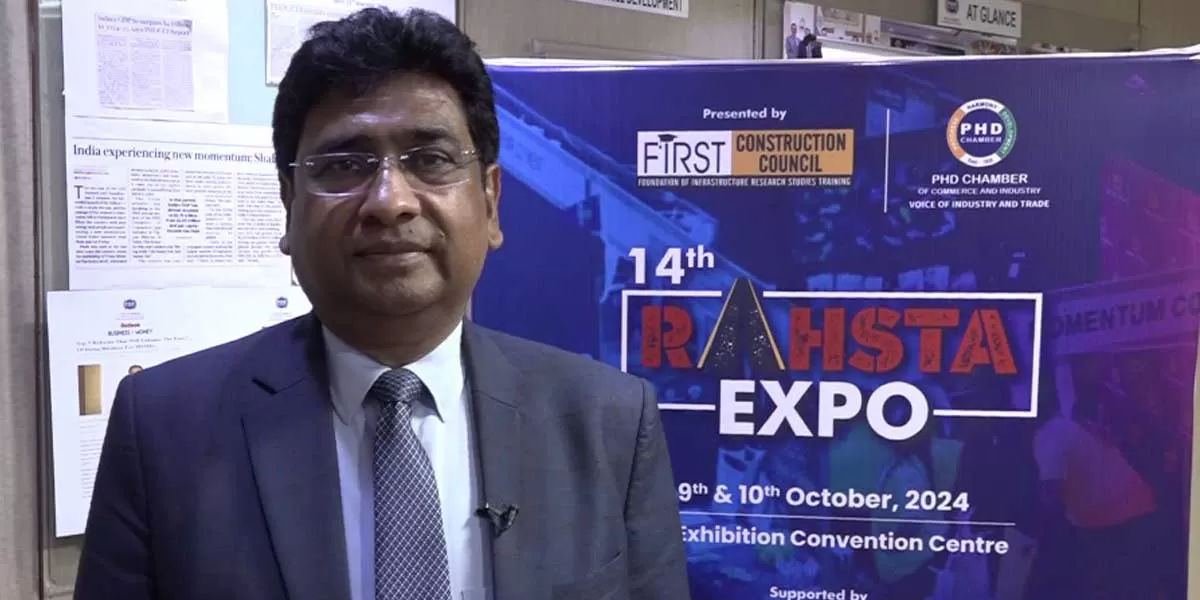
RAHSTA to showcase cutting-edge road construction tech, says NCC Director
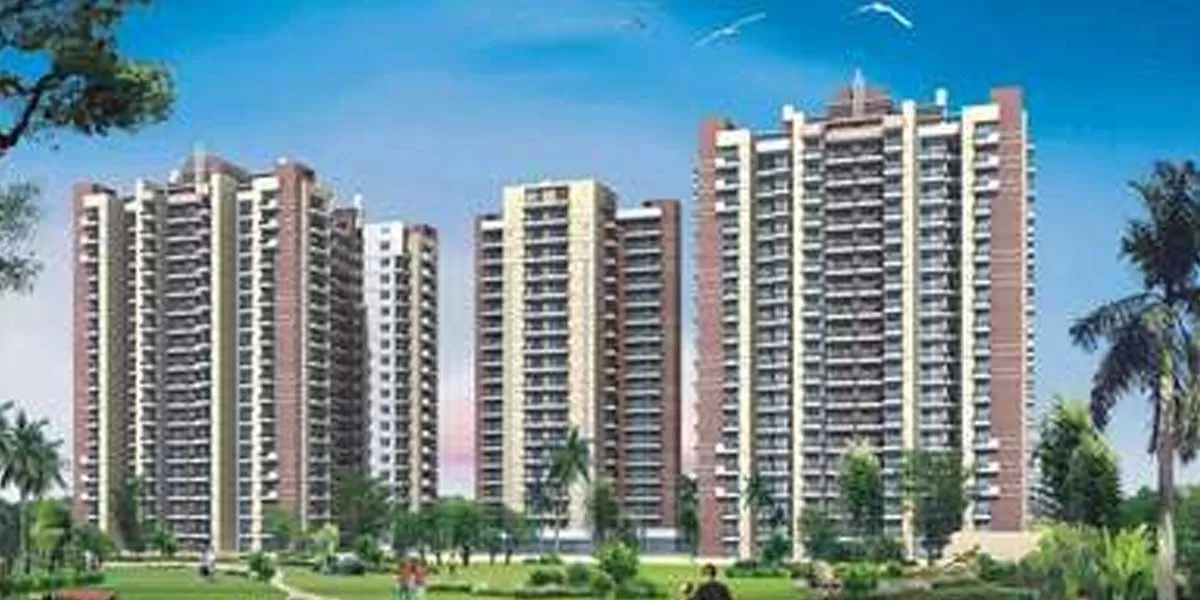
Q4 profit: Keystone Realtors' profit falls 60%
A 60 % fall was seen in realty firm Keystone Realtors Ltd net profit to Rs 0.3 billion for the March quarter. Last year in the same period. The company?s net profit stood at Rs 0.76 billion.
In addition, total spending increased to Rs 7.81 billion from January to March of the previous fiscal year from Rs 2.71 billion the previous year. In the fourth quarter of the most recent fiscal year, total income increased to Rs 8.26 billion from Rs 3.57 billion during the same period the previous year.
The company's net profit increased to Rs 1.12 billion in the 2023?24 fiscal year from Rs..
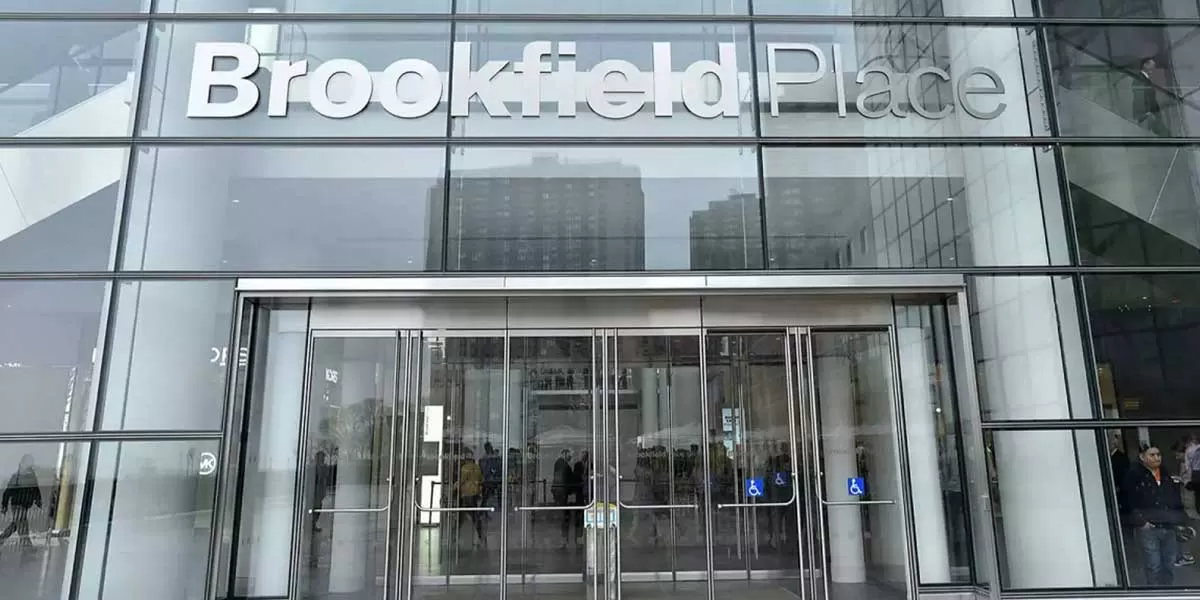
Brookfield India Real Estate Trust will acquire a 50% stake
50% of the four Grade A assets from Bharti Enterprises (Bharti) will be acquired by Brookfield India Real Estate Trust (BIRET) as per an agreement between the two. The 3.3 million square feet of commercial real estate included in the deal have an enterprise value of about Rs 60,000 million. The whole equity payment for the 50% interest would be satisfied by giving Bharti first dibs on BIRET units, which are valued at Rs 300 each. After that, Bharti will retain an 8.53% ownership position in BIRET, making it the second-largest unitholder.
The portfolio of properties consists of the op..














